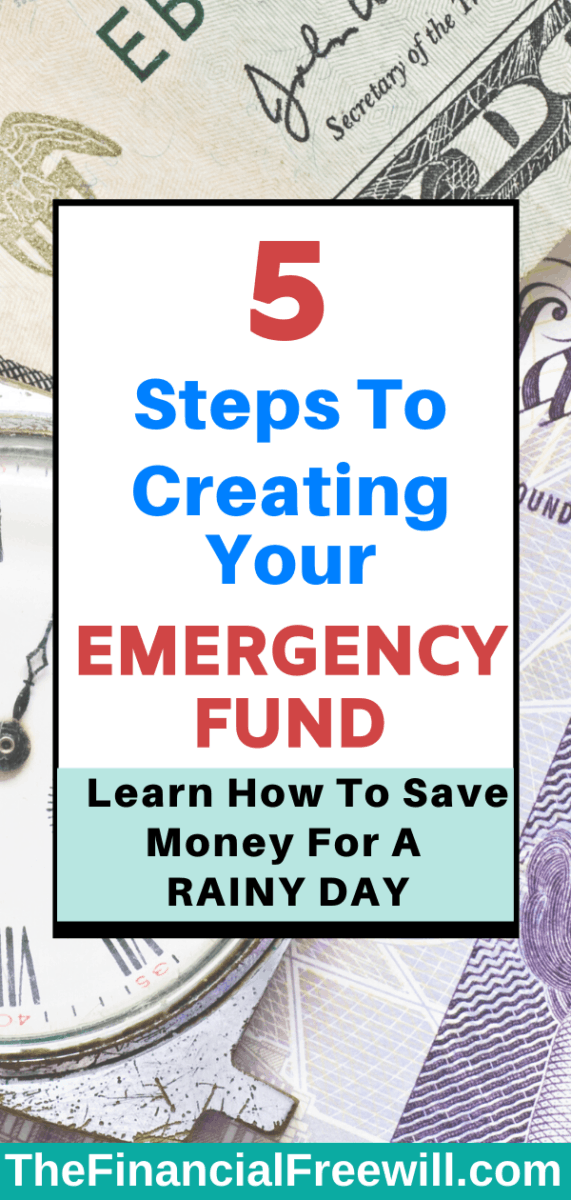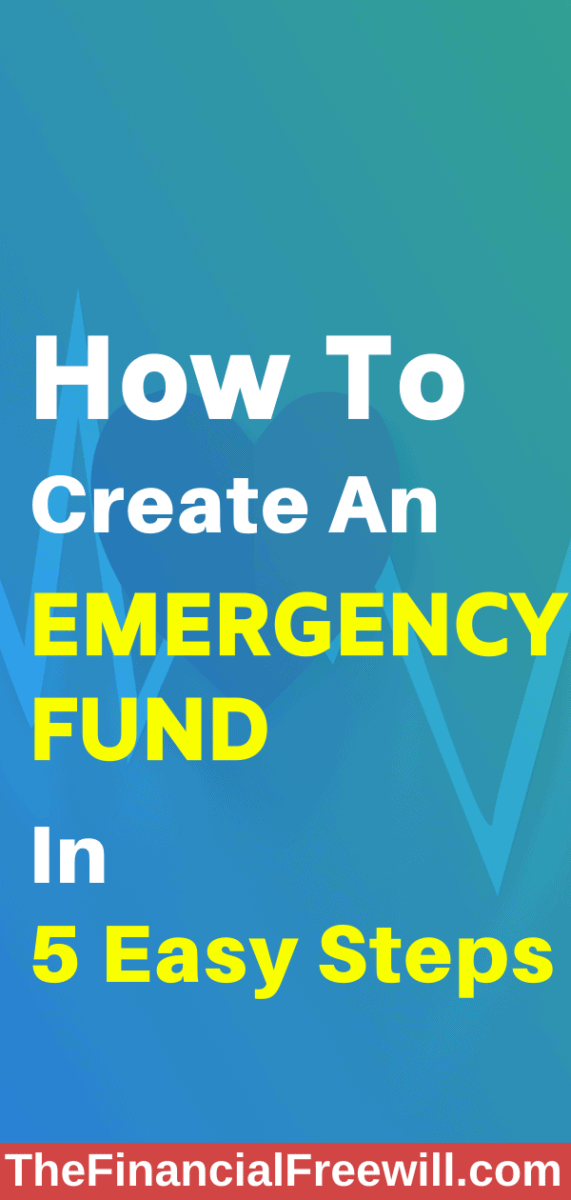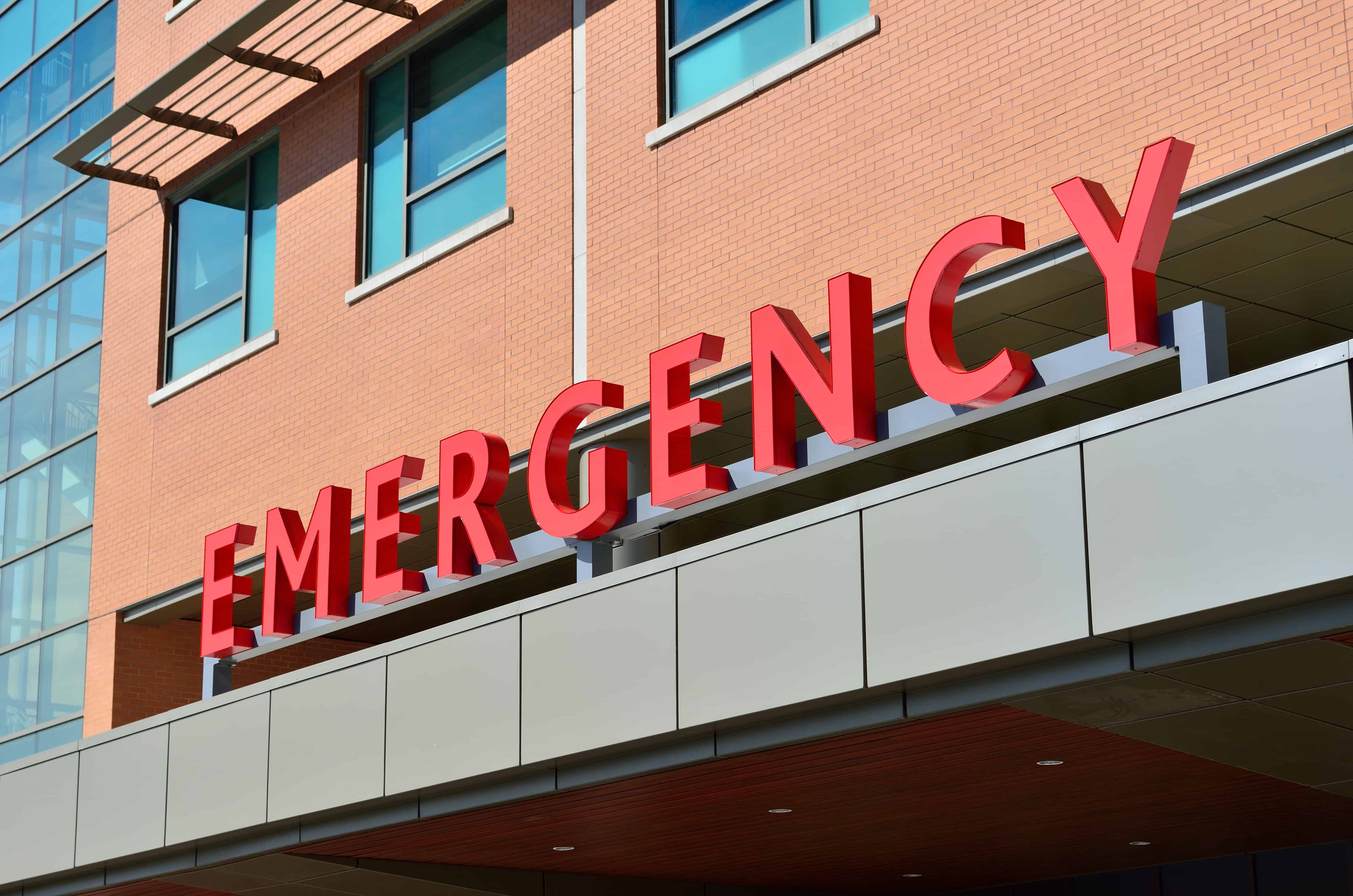This article may contain affiliate links. I might earn a small commission if you make any purchases through my links and it comes at NO cost to you. For more information, please read my Disclaimer page.
If I were to ask you: Do you like surprises? For the majority of times, you would answer YES (depending on the circumstance and what’s on offer.)
But, if I were to ask you: Do you like surprises in the form of emergencies? Well, you know the answer (NO, of course!)
Given the very nature of emergencies, no one would willingly ask or wish for it yet, most of us ignore planning for it and creating a separate fund that can be a life savior in those difficult times.
I was guilty of doing the same until I got my act together and consciously started setting aside money for emergencies.

What is an emergency?
As defined by Merriam-webster dictionary:
- An unforeseen combination of circumstances or the resulting state that calls for immediate action
- an urgent need for assistance or relief
I know you can effortlessly search google for the definition. The point I want to drive through the meaning is the particular emphasis on the following:
— Unforeseen circumstance
— Calls for immediate action
— Urgent need
An emergency fund is one that is used only during emergencies and is not the same as a Savings account.
Now, let’s take a look at the types of emergencies and non-emergencies.
What are the types of emergencies?
— #1 on this list is Unemployment
— Hospital visits
— Emergency room visit
— Car accident
— Home repairs
— Flooding, leakage on your property
— Personal health issues
— Storms/Hurricanes that forces you to relocate temporary

What are the types of non-emergencies?
— Daily expenses like groceries, car payment, utility bills
— Childcare expenses
— Birthday celebrations
— Social night outs, dining outside
— Shopping for holidays (especially Thanksgiving and Christmas)
— Family vacations and personal retreat
Now that we have a clear distinction between emergencies and non-emergencies, the bigger question is, how to plan for emergencies and create a financial cushion (fund)?
As you know, life is unpredictable, no matter your age. So, better to safeguard yourself than to borrow money in case of emergency and pay a ridiculous amount of interest to repay the loan or rack up credit card debt.

Steps to create an Emergency Fund
Step 1. Set up your bank accounts
I’m assuming you would have at least 1 checking and 1 saving account for your day-to-day banking needs. The first and foremost step would be to have 2 checking accounts and 2 savings accounts.
Both savings account can be a high yield (interest) savings account, yielding over 2% based on the current interest rates.
High yield accounts are a fantastic place to park your money, earn interest, and have immediate access to your funds. Also, it is federally insured up to $250,000, so your money is safe.
Here’s how your account structure should look like:
a. Checking account #1: This is where your salary and any other income is deposited. You also use this for taking care of your day-to-day expenses
b. Checking account #2: This is your back up checking account. On a monthly basis, transfer a certain % of your income to this account. This comes in handy for months that you went overboard with your expenses (we all have those!)
c. Savings account #1: Your primary account where you save for the long term. No matter the circumstance, avoid touching the funds in this account. Do NOT withdraw and let the money earn interest.
When the time is right, use the funds from savings account #1 to invest in your preferred investment vehicle. Check out this post for types of investment options.
Also, If you are saving for your first home and(or) your dream home, you can use savings account #1 to fund your 20% down payment. Check out this post on how to save and stick to a 20% down payment.
d. Savings account #2: This will be your EMERGENCY fund. You can either put a fixed % of monthly income in here or a fixed monthly amount depending on your preference.

Step 2. Determine the monthly contribution to your emergency fund
In order to get to this monthly amount that you can contribute, you’ll first need to know your monthly savings amount.
How? It’s extremely straight forward: Household Income – Expenses = Savings
The monthly amount you are currently saving is an important stepping stone in ensuring you are able to contribute to your emergency fund. If you are not able to save on a monthly basis currently, you’ll first need to figure out your savings.
Review your monthly expenses and determine the items/activities that you can cut down to start saving.
For example, you can spend less on groceries, look for cheaper options (value packs, using coupons), reduced social outings, cook lunch and dinner to avoid spending on outside food daily amongst other options.
Remember, every dollar saved adds up in the long run and will help you reach your goals quicker.
Once you start saving on a monthly basis, you can take a couple of approaches to build your emergency fund:
a. Contribute a fixed % or $ amount from your monthly savings (Income – Expense)
b. Contribute a fixed % or $ amount directly from your monthly income – this is a proactive approach and ensures you contribute toward the emergency fund before paying for your monthly expenses.

Step 3. Track your expenses
This seems pretty easy and all you have to do is to track your monthly expenses in order to save more.
Saving more will help you contribute toward your emergency fund and build that cushion faster in case of an emergency. You need to have your spending aligned with your income and budget if it is not by this point.
I understand that it is neither intuitive nor easy to get into the discipline of tracking every single expense (yes, even your coffee) but, you’ll have to develop that mindset if being financially independent is one of your goals.
Trust me on this! It is an amazing feeling the day you actually start to save and become cash positive in your pocket.
Step 4. Make necessary adjustments
After going through the 3 steps above, there will be a few things that will jump out from the process:
— Amount spent on coffees, lunches, and dinners
— Expenses related to shopping and social night outs
— Money spent on stuff you want vs. stuff you really need
The ball is now in your court to determine and decide what adjustments you want to make in your life in order to save more.
Depending on your goal and the amount of money you want in your emergency fund, you will have to make certain adjustments in your lifestyle.
Which, brings us to the final step!
Step 5. Amount of money needed in an emergency fund
How much money is enough in an emergency?
The answer to this will depend on individual circumstances, personal lifestyle, phase of the life (single, couple, married with kids) and above all your spending habits and financial goals.
But, the key is to start contributing toward the fund, no matter how small the amount Also, your comfort level will play a huge role in determining the amount you need in your fund.
If you are risk-averse, you might need 9-12 months of your expenses in an emergency fund. If you like taking risks, maybe 6 months of expenses are enough for you to sleep at night.
Make sure you define your timeframe, so it is aligned with your financial goals and gives you peace of mind.

Summary
The key message I’d like for you to take away is that in order to build an emergency fund, you need to:
— Have a clear distinction between emergencies and non-emergencies
— Track your spending against your monthly income/budget
— Push yourself to save more
— Automatically contribute a fixed % or $ amount to the emergency fund
[convertkit form=908339]
What strategies do you use to build your emergency fund? Please share your thoughts and ask away any questions in the comment section below!



Pingback: How to Save Money: 25+ Creative Ways To Make Extra Money
Pingback: Money Mistakes To Avoid: 10+ Common Money Mistakes
Thanks for putting this together and blogging about an important topic. So many times people forget that emergencies don’t come knocking on the door but they barge in, one needs to be prepared. Thanks for sharing!
Great tips! We just became debt free besides our house and are working on building up a 6 month (at least) emergency fund! It is very exciting and adds so much more security to life! Thank you for the advice and encouragement in this post!
Congrats Kristin! Is a great feeling and accomplishment to be debt-free. Cheers!
This was really helpful! Thanks for sharing these tips.
Thanks Lina!
I’m saving so I can buy long term disability insurance or some type of life insurance that will let me tap into the benefits.
That’s a great idea Ivana!
My husband and I are terrible at putting away enough for emergencies and end up using credit cards. Thank you so much for the tips!
Thanks Hunter. Yes that tip really helps in the long run!
This was extremely helpful, thanks!
Thanks Rosario!